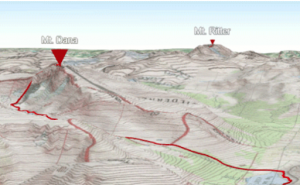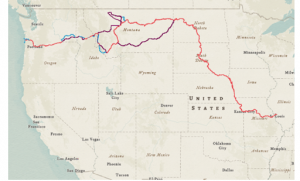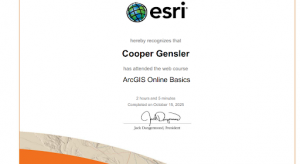Chapter 3:
This chapter primarily revolves around the creation of web-based apps and using them to show how data has changed over time within an area. The chapter focuses on how to set this up with the picking of source data sets and how to configure and add widgets to meet your objectives. Widgets are components within JavaScript and HTMLthat execute a list of given and focused functions. This chapter details two main types of widgets: basic and layout. Basic widgets are very functional and can perform as app tools . These include map, legend, layers, queys, filter, chart, elevation profile, and many more. Layout widgets are containers that hold and organize widgets on pages and windows. This type of widget includes section, column, row, fixed panel, sidebar, and more. Overall, widgets are exceptionally helpful and vital to getting the most out of your maps. The book then went on to say that customizable widgets are only available to use on WebGIS. I went through the tutorial for this given chapter and learned firsthand many of the other concepts that were presented to me. This was a great experience for me and was very rewarding.
Chapter 4:
This chapter was all about mobile GIS and its many applications and uses. I thought that this was a really interesting adaptation of WebGIS as it allows for people not only to connect from anywhere and share information and ideas, but to directly look and interact with their maps as they are on the site of said maps. This also opens up WebGIS to many more people to have access to this type of information. Mobile GIS also allows for more applications to be used including VGI and AR/VR. Overall this is a really cool adaptation to an already very useful tool. Being able to access GIS data on the phone makes perfect sense as they already have state of the art gps technology. The tutorial for this chapter was also very helpful and interesting.



